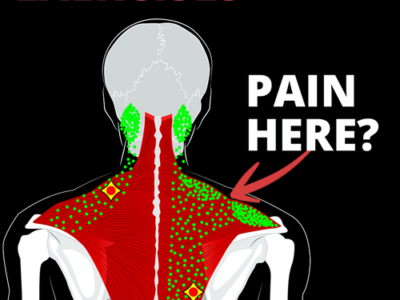A ruptured eardrum can be a painful and uncomfortable experience, causing temporary hearing loss and potential infections. While it typically heals on its own within several weeks, finding the correct sleeping position can make all the difference in alleviating pain and aiding the healing process. In this article, we will explore various factors to consider when determining the best side to sleep on with a ruptured eardrum.
The Cause of Your Ruptured Eardrum
Ruptured eardrums can occur due to various reasons such as ear infections, abrupt changes in air pressure, or accidental injury. To determine the most suitable sleeping position, it is essential to understand the cause behind your ruptured eardrum.
Ear Infections
If an ear infection caused your ruptured eardrum, sleeping with the infected ear facing up is recommended. This position helps drain fluid from the ear and reduces pressure exerted on the eardrum. Furthermore, placing a pillow beneath your head and neck can also aid in fluid drainage by elevating the affected area.
Abrupt Changes in Air Pressure
Sometimes, rapid changes in air pressure (such as during air travel) can lead to ruptured eardrums. In these cases, it is advisable to sleep on your unaffected side, ensuring that your healthy ear faces down. This position minimizes discomfort and allows your damaged eardrum to heal more effectively.
Accidental Injuries
Physical injuries like a foreign object entering the ear or a sudden loud noise can cause ruptured eardrums. Similar to dealing with abrupt changes in air pressure, it is best to sleep on your unaffected side with your healthy ear facing down in these scenarios.
Pain Management and Comfort
Your level of pain and overall comfort are crucial factors when deciding which side to sleep on with a ruptured eardrum. To minimize discomfort, consider the following tips:
- Use a supportive pillow: A comfortable and supportive pillow can provide adequate support for your head and neck, preventing additional strain on your damaged eardrum.
- Maintain a consistent sleep schedule: Ensuring that you have a regular sleep routine can help promote healing and reduce stress levels that may worsen your pain.
- Create a relaxing sleep environment: Keep your bedroom cool, dark, and quiet to encourage relaxation and improve sleep quality.
Consulting Your Physician
Before adopting any specific sleeping position for a ruptured eardrum, consult your physician or an ear specialist. They can provide personalized recommendations based on your unique situation and help guide you towards the most appropriate sleeping position. Additionally, your healthcare provider can also prescribe medications like pain relievers or antibiotics if necessary, ensuring that your recovery process goes smoothly.
Monitoring Your Healing Progress
While a ruptured eardrum generally heals within a few weeks, it is essential to monitor your progress during this time. If you notice any worsening symptoms or signs of infection (such as fever, increased pain, or fluid discharge), seek immediate medical attention. Timely intervention can prevent complications and ensure proper healing of your eardrum.
The Impact of Sleeping Position on Recovery
The right sleeping position plays a vital role in the healing process of a ruptured eardrum. By sleeping on your unaffected side or with the infected ear facing up, you can reduce pressure on the damaged eardrum and encourage fluid drainage. Moreover, maintaining a comfortable sleep environment and adhering to your physician’s advice can further aid recovery and prevent complications.
Adapting Your Sleeping Position as Needed
During the healing process, it is not uncommon for your preferred sleeping position to change due to varying levels of pain or discomfort. Be prepared to adjust your sleeping position as needed, ensuring that you always prioritize comfort and proper support for your head and neck. Consider using additional pillows or specialized sleeping aids if necessary to achieve optimal comfort and promote healing.
In summary, determining the best side to sleep on with a ruptured eardrum depends on the cause, your level of pain, and overall comfort. It is crucial to consult your healthcare provider for personalized recommendations and closely monitor your healing progress. By adopting the appropriate sleeping position and following expert advice, you can facilitate a smoother recovery process and minimize discomfort during this challenging time.





Comments